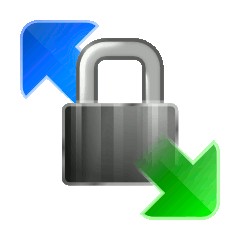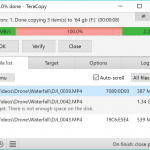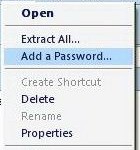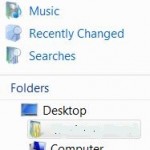WinSCP interface is based on Norton Commander or Windows Explorer like. For Norton Commander interface, a local folder is displayed in the left panel and a remote folder in the right panel. Appearance of the file list is the same as it is in Windows Explorer using detailed view, and you can drag and drop at both panels. Windows Explorer like interface will show only remote directory and supports keyboard shortcuts and drag & drop just like Windows Explorer.
WinSCP can do all basic operations with files, such as copying, moving, renaming, deleting and many more. It can also issues custom command such as execute, touch, tar, check disk space usage and so on. WinSCP supports both SSH1 and SSH2. Beside, there are many ways of doing file transfers securely, and WinSCP supports it – not just the classic “SFTP” password protocol, but also using public keys and Kerberos.
I found WinSCP when FileZilla secure file transfer (sftp) via SSH2 is extremely slow at roughly 170 KB/s. With WinSCP at default setting right after installation, the sftp manages to achieve 500 KB/s. The speed further up to more than 5,500 KB/s with sftp (allow scp fallback) using Blowfish encryption method. The speed is around 6,000 KB/s when SCP protocol is been used with Blowfish encryption method. Sftp protocol itself with Blowfish is not as fast as sftp (allow scp fallback) or scp with Blowfish. What’s more interesting is enable compression doesn’t necessarily speed up the secure file transfer.








